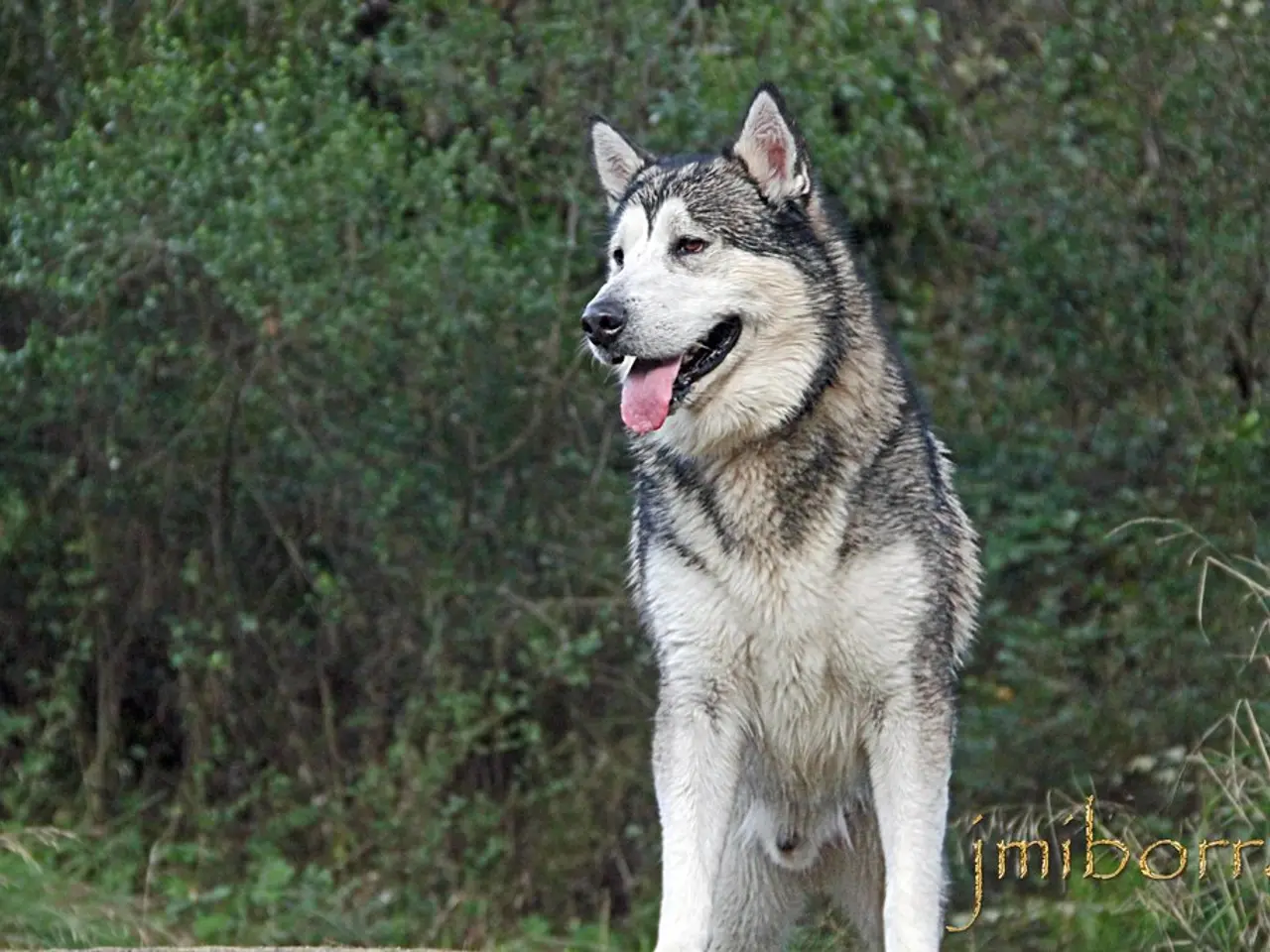Colossal Biosciences Revives Extinct Ice Age Wolf: Meet Romulus, Remus, and Khaleesi
Colossal Biosciences has successfully reconstructed an extinct wolf species from the last ice age using genetic engineering. The project, led by researchers like Andrew Pask at the University of Melbourne's Tigrr lab and palæogenomics expert Matthias Hofreiter, has resulted in three live puppies with ancient DNA. Named Romulus, Remus, and Khaleesi, these puppies exhibit typical features of the ancient wolf species and are currently housed in a secluded facility in the United States.
The reconstructed wolf species is larger than modern wolves, with strong teeth and dense fur. The puppies, now six months old, are 1.20 meters long and weigh around 36 kilograms. They display rapid growth and reserved behavior, keeping their distance even from their caregiver, indicating wild animal behavior.
The project has received around $435 million in funding from private donors. Colossal Biosciences plans to clone other extinct species, including the thylacine, dodo, and woolly mammoth. Critics, however, argue that the money could have been better spent on existing animal and environmental protection projects.
The successful reconstruction of an extinct wolf species marks a significant milestone in genetic engineering. The three puppies, Romulus, Remus, and Khaleesi, are a testament to the potential of this technology. However, the ethical and financial implications of such projects continue to be debated.




